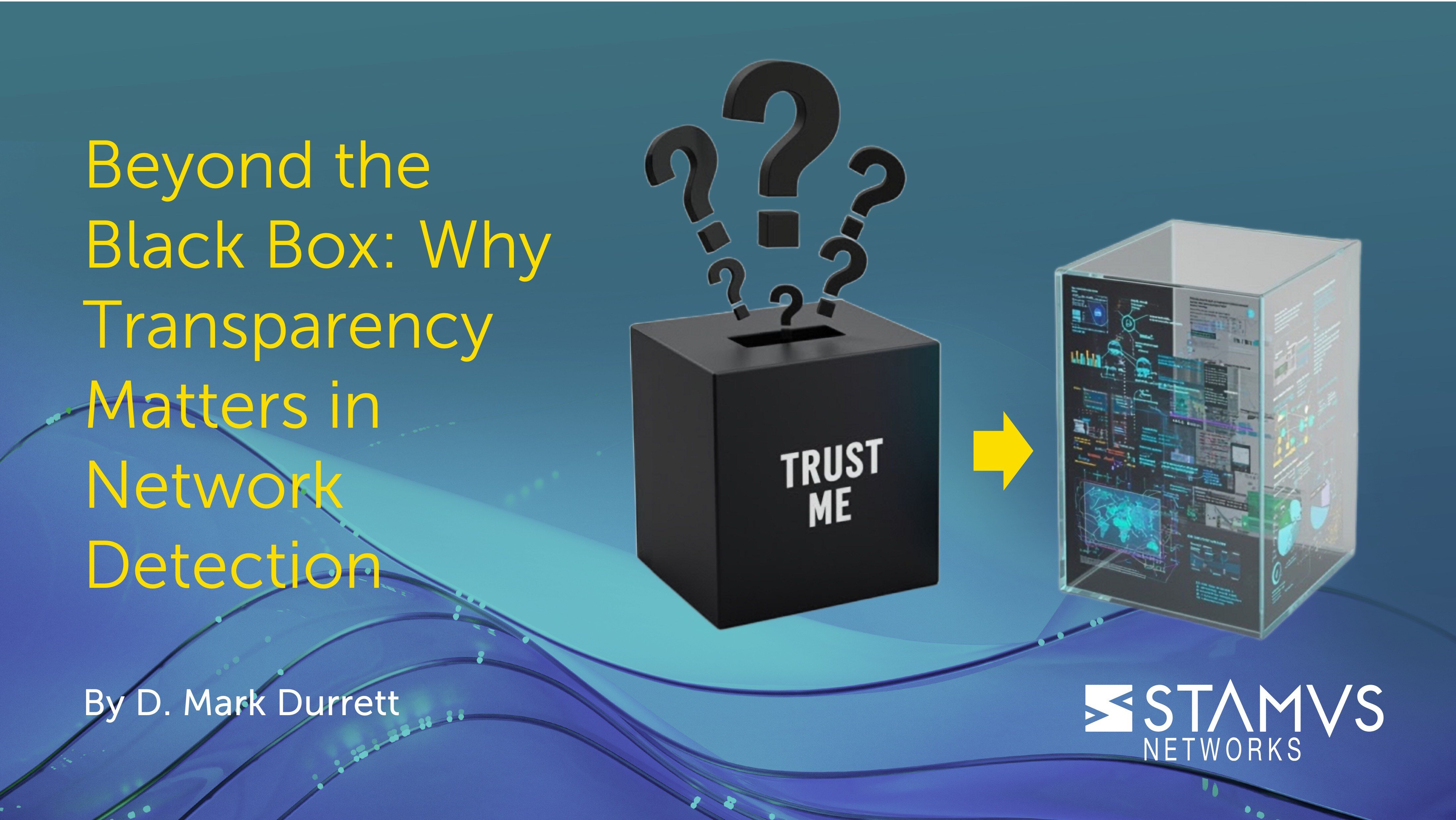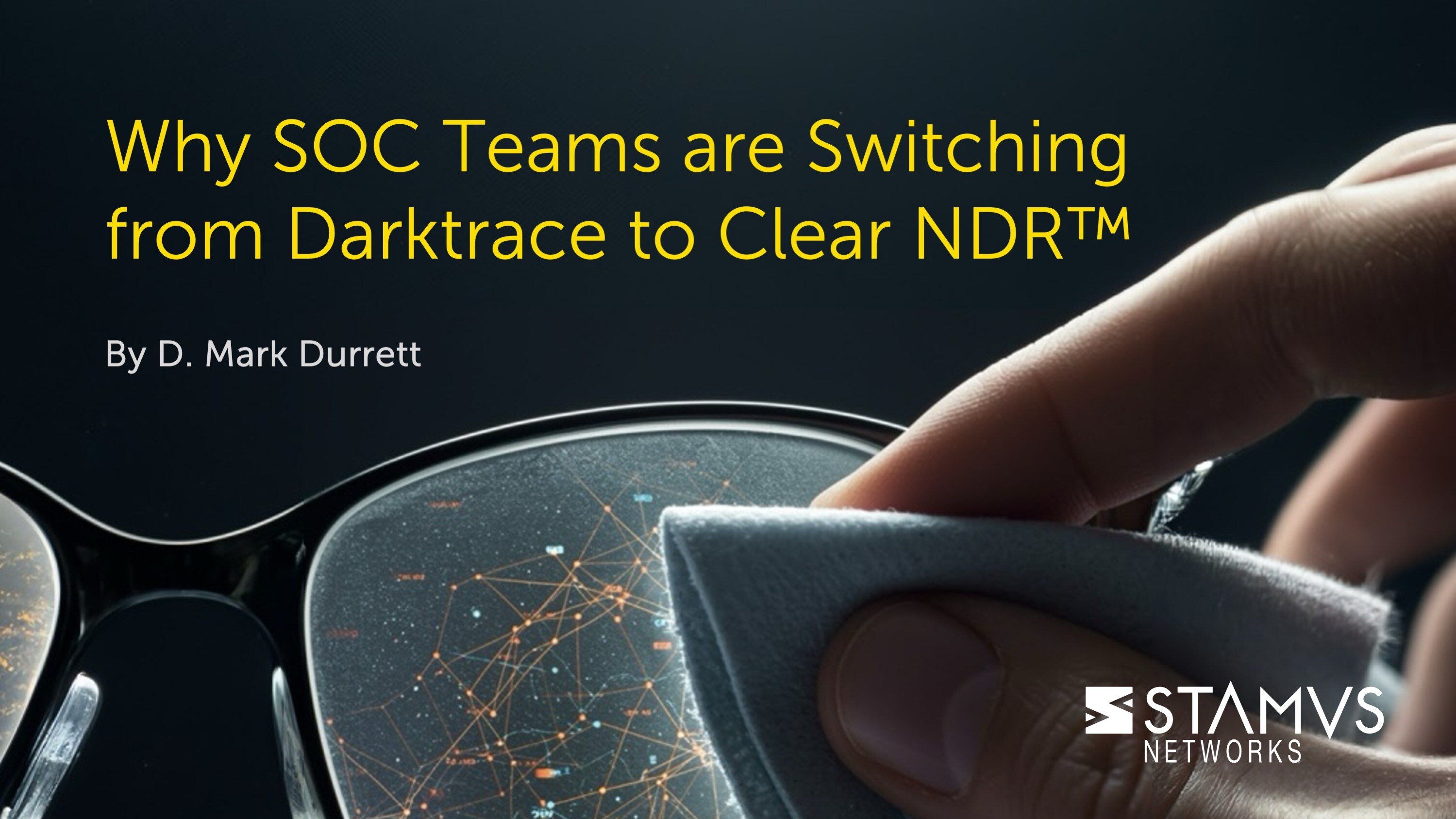Network Detection and Response (NDR) is a highly capable cyber security solution for proactively detecting and countering potential cyber threats. Its benefits make it indispensable for organizations seeking solutions that support a comprehensive and effective approach to cyber security.
What is NDR?
Network detection and response (NDR) is a cybersecurity strategy that involves the continuous monitoring and analysis of an enterprise's network traffic to detect and address potential threats. NDR solutions surpass conventional or outdated network security methods by monitoring traffic almost in real-time.
These solutions utilize sophisticated detection mechanisms, including artificial intelligence and machine learning, to identify and address potential security incidents. The main objective of NDR is to bolster the organization's ability to both identify and counter threats, thereby mitigating the risk of data breaches or unauthorized access.
Why is NDR so important?
Network detection and response is important in a modern cyber security strategy because it provides a proactive defense mechanism that constantly monitors an organization’s network in real-time. When it comes to threat detection and response systems, no other system produces the same degree of actionable insights into threat activity against an organization as an NDR.
NDR plays a crucial role in reducing the risk of data breaches and fortifying overall cybersecurity postures. It empowers organizations to swiftly respond to emerging threats, minimizing their impact and potential damage. Additionally, by providing insights into network activities, NDR aids in the development of robust security strategies and proactive risk management.
Any organization seeking to bolster its cyber defenses should strongly consider the use of a network detection and response system to protect its digital assets and ensure the greatest level of visibility into network activity as possible.
What are the benefits of NDR?
NDR solutions provide a number of benefits to organizations seeking to strengthen their cyber security posture:
- Advanced Threat Detection: NDR solutions leverage behavioral analysis, signature-based detection, and machine learning techniques to detect and identify sophisticated threats, zero-day attacks, and advanced malware that may evade traditional security measures.
- Passive Monitoring: NDR solutions are non-intrusive, inspecting a copy of the network traffic from a packet broker or mirror port. This allows organizations to gain real-time insights and detect potential threats without impacting network performance or disrupting operations.
- Anomaly Detection: NDR solutions analyze network traffic patterns and behaviors to detect anomalies, helping organizations identify potential security breaches, unauthorized activity, and insider threats.
- Lateral Movement Detection: NDR solutions can identify lateral movement within the network, helping organizations detect and prevent the spread of threats from one system or user to another, enhancing overall network security.
- Agentless Deployment: Unlike Endpoint Detection and Response (EDR) systems, NDR systems are agentless. This eliminates the need to install software on individual endpoints, simplifying deployment and reducing maintenance and support overhead. This is especially beneficial in environments where there are no typical endpoints, such as an organization that supports a bring-your-own-device (BYOD) model, an Internet of Things (IoT) environment, and military, medical, or industrial control systems.
- Forensic Analysis: NDR solutions provide detailed network logs, file extraction, packet capture, and other critical event metadata, aiding in incident investigation and forensic analysis. This helps users understand the attack methodology, support legal proceedings, and prevent future incidents.
- Threat Hunting: NDR solutions facilitate proactive threat-hunting activities by allowing security teams to search for potential threats, identify novel or unknown malware, and uncover malicious or unauthorized activities that may have evaded other security measures.
- Compliance and Regulatory Requirements: NDR solutions provide the necessary visibility, logging, and reporting capabilities to meet compliance obligations, ensuring organizations adhere to industry regulations and data protection standards.
- Network Performance Optimization: NDR solutions can offer insights into network performance, including traffic patterns, bandwidth utilization, and application performance, helping organizations optimize their network infrastructure and enhance overall efficiency.
- Network Hygiene Auditing: NDR solutions can provide insights into the health of an organization’s network systems. By continuously monitoring traffic, organizations can better identify and address potential security risks, misconfigurations, and vulnerabilities.
What is NDR used for?
NDR security solutions are used for many reasons, but the primary use cases are:
- Automated Threat Detection: Advanced algorithms and machine learning automatically identify potential threats within network traffic. Continuous monitoring and network data analysis enable NDR solutions to detect anomalous behaviors, malicious patterns, and IOCs in near real-time. This enables security teams to perform the following use-case – incident response.
- Incident Response: By capturing detailed network activity logs and traffic data, NDR empowers security teams to reconstruct the sequence of events, investigate the root cause, and understand the extent of the breach. This enhanced visibility allows for faster response times, enabling organizations to contain and mitigate the impact of security incidents efficiently.
- Proactive Threat Hunting: Security analysts can use advanced search capabilities, behavioral analytics, and threat intelligence to actively explore network data, identify hidden threats, and uncover emerging attack patterns. Proactive threat hunting helps organizations stay ahead of threat actors, detecting and neutralizing threats before they cause harm.
- Remediation: Once a threat is identified, an NDR system can automatically trigger a response action through integrations with other systems like EDR to block suspicious IP addresses, isolate compromised end-user devices, or implement access control policies. These actions help contain the threat, prevent lateral movement, and minimize the impact of a security incident.
Conclusion
Still uncertain whether NDR can help your organization defend against cyber threats? Read “In the Trenches with Network Detection and Response” to learn about real-world success stories from current NDR users.
To be notified of new blog posts and other news, make sure to subscribe to the Stamus Networks blog and the Stamus Spotlight Monthly Newsletter, follow us on Twitter, LinkedIn, and Facebook, or join our Discord.






